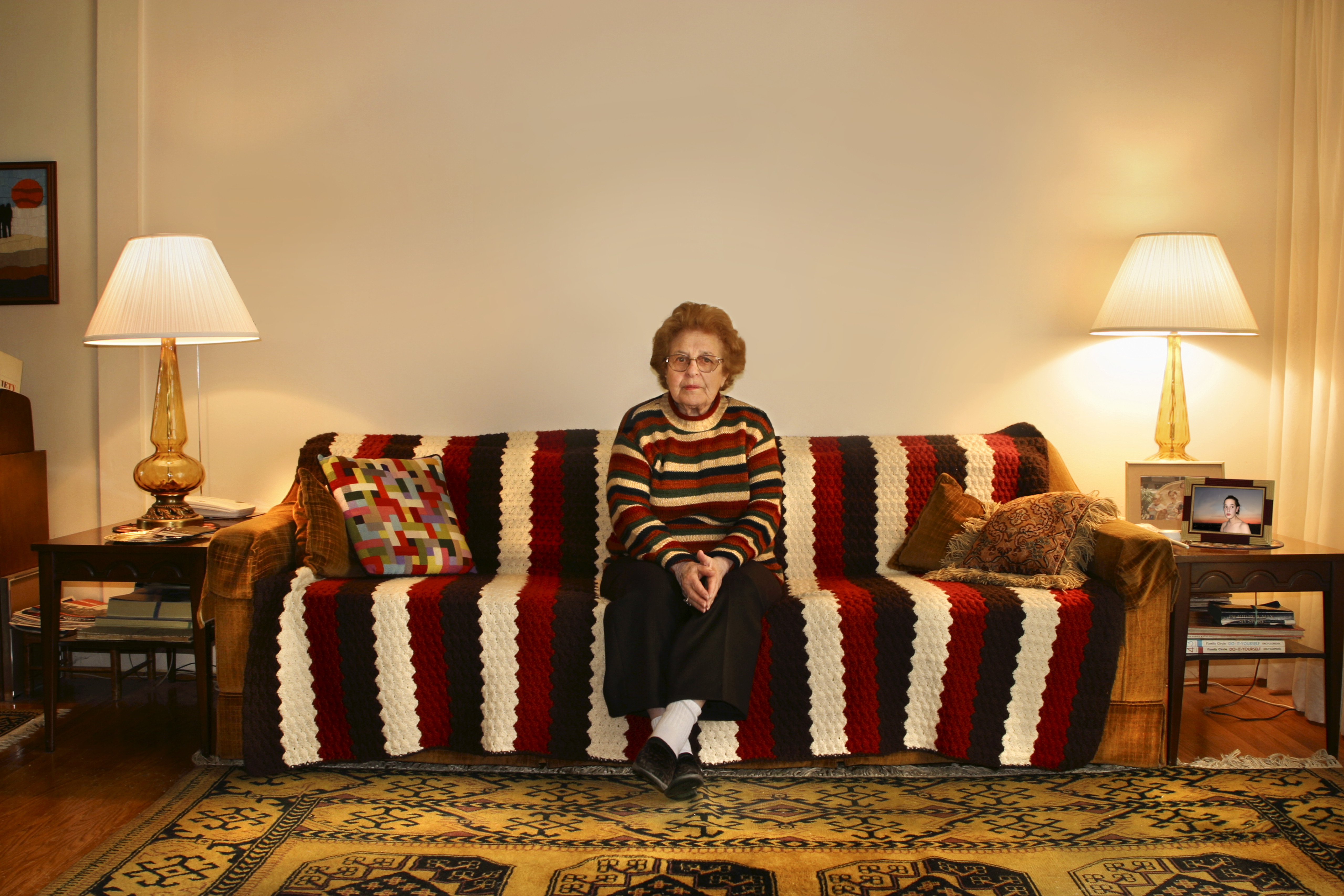 |
| Educate elderly patients with visual deficits about proper home lighting, the easiest way for them to avoid developing a sedentary lifestyle in response to ocular disease. Other efforts to help can include providing customized lens tinting to enhance contrast. Photo: Getty Images. |
In an original investigation appearing in JAMA Ophthalmology, home environmental features were looked at to see if they have an effect on exercise metrics among patients with visual impairment. This was prompted by the realization that physical activity levels are lower in visually disabled individuals. The effects of modifiable home environmental features like better lighting, while intuitively beneficial, have not been well studied.
Included in the study were 153 patients—a combination of glaucoma suspects and patients—60 years of age or older with varying degrees of visual field damage. Mean age of participants was 71 and 46% were female. A 60% majority had more than one comorbid illness and about one-third took five or more prescription drugs. Median daily home steps was found to be 1,137 and median integrated visual field sensitivity was 28dB. Better-eye median visual acuity in logMAR was 0.05, and for every 0.1-log unit increment in average measured home lighting, participants took 5% more daily steps and had a 3% faster average daily peak cadence. Other metrics specific to characterizing a person’s ambulation—average number of nonsedentary activity minutes, average bout duration and activity fragmentation—all were associated with home lighting status. However, the number of hazards was not associated with any activity metric, and neither was the frequency of hazards.
Essentially, better home lighting was associated with more steps taken at home daily and a faster peak cadence. As such, the study authors relay that these findings “suggest that lighting may play a substantial role in improving physical activity measures at home in certain populations.”1 The authors elaborate that these findings may extend and apply to older adults without impairment, as the associations did not differ by level of visual field damage.
Prior research has found ambient lighting in homes of those with visual impairment is below recommended levels in 85% of cases. Especially because of this, the authors posit that “improving lighting may prove to be a good target for intervention to improve physical activity at home by allowing for better navigation skills, perception of hazards and postural stability in patients with visual impairment.”1
In an invited commentary also published by JAMA Ophthalmology, different authors discuss an important limitation when interpreting the study’s results. All the participants had very good visual acuity and contrast sensitivity, with only mild degrees of visual field loss. Despite the original authors testing for interactions between home hazards and visual field damage on the association with physical activity, they were likely underpowered to detect this, since there was only a small number of those with various glaucoma combination severities and home hazard levels.
Despite needing a larger sample to size to further understand if home hazards are relevant to physical activity in those with severe disease, the commentary authors agree with much of the sentiment from the original study. The findings may not indicate if those who are more physically active are more likely to have better in-home lighting or if better lighting contributes to more activity.
However, “light intensity is easily modified by increasing the number or strength of lights in a room and, thus, represents a very low-risk, inexpensive and potentially high-reward intervention.”2
1. Banerjee S, Mihailovic A, Miller R, et al. Visual impairment and real-world home physical activity with home environment in an older population. JAMA Ophthalmol. February 8, 2024. [Epub ahead of print]. 2. Erlich JR, Day S. Home physical activity and visual impairment—there is no place like home. JAMA Ophthalmol. February 8, 2024. [Epub ahead of print]. |

